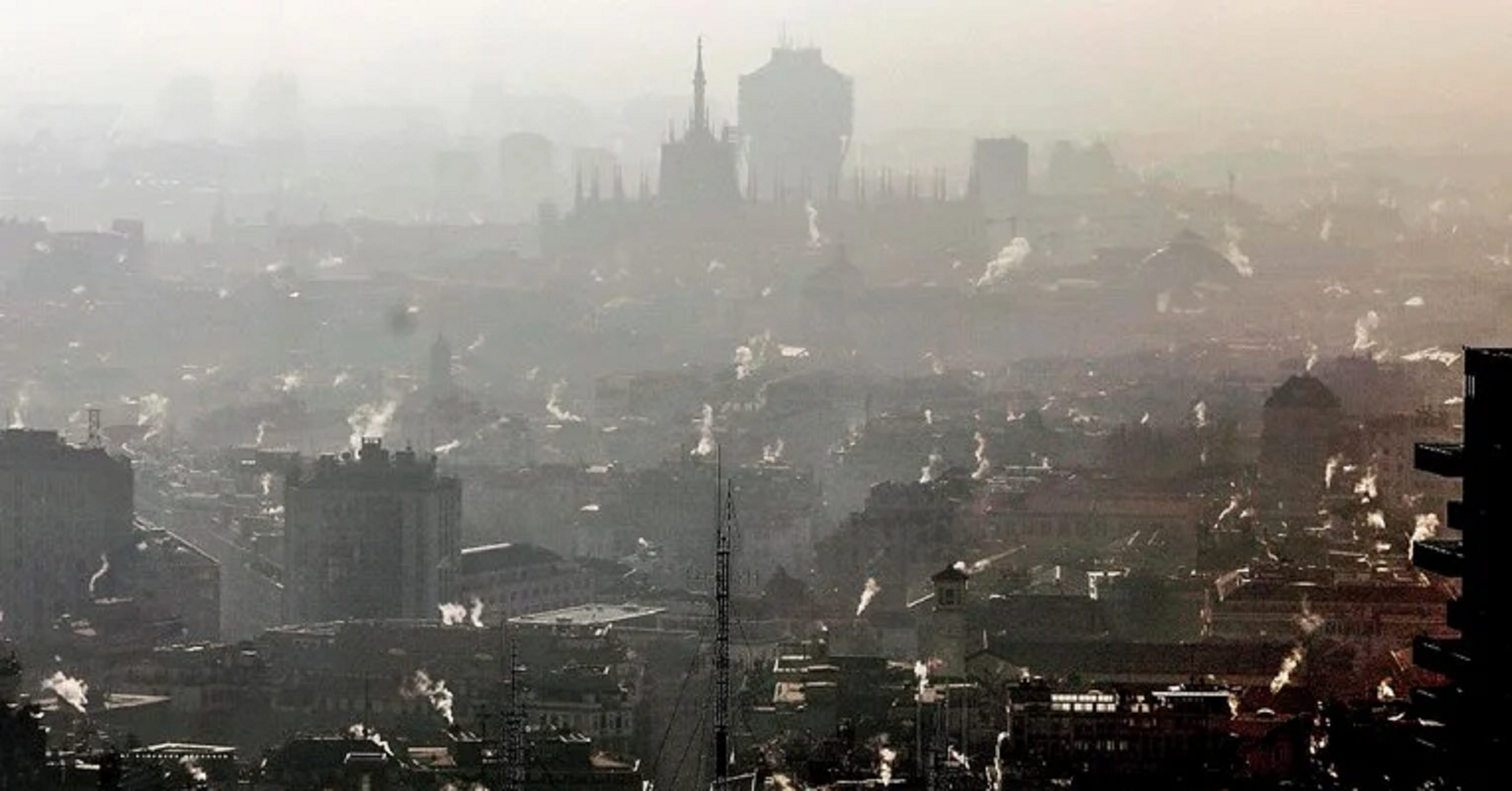A group of scientists has found another small piece in the puzzle of understanding COVID-19. Looking for reasons why the mortality rate is up to 12% in the northern part of Italy and only approx. 4.5% in the rest of the country, they found a probable correlation between air pollution and mortality in two of the worst affected regions in northern Italy.
The world has been hit hard by coronavirus, and health services and authorities everywhere are struggling to reduce the spread, combat the disease and protect the population. Nevertheless, the pandemic will cost lives throughout the world. An environmental researcher from Aarhus University has studied whether there could be a link between the high mortality rate seen in northern Italy, and the level of air pollution in the same region. The short answer is “yes possibly.” The long answer is in the article below.
The outbreak of Severe Acute Respiratory Syndrome CoronaVirus2 had its source in the Wuhan Province in China in December 2019. Since then, the coronavirus has spread to the rest of the globe, and the world is now treating patients with the disease that follows virus infection: COVID-19. The course of the disease differs for patients the world over: many experience flu-like symptoms, while many others need hospital treatment for acute respiratory infection that, in some cases, leads to death.
However, what factors affect the course of the disease and the possibilities to combat COVID-19 remains unclear, as long as there is no medical treatment or vaccine. At the moment, there are more questions than answers, and researchers all over the world are therefore working to find new insights into the global pandemic.
At Aarhus University, the environmental scientist Dario Caro from the Department of Environmental Science, and two health researchers, prof. Bruno Frediani and Dr. Edoardo Conticini, from the University of Siena in Italy have found yet another small piece in the puzzle of understanding the deadly disease. They have focused on examining why the mortality rate is up to 12% in the northern part of Italy, while it is only approx. 4.5% in the rest of the country.
They have just published an article entitled “Can Atmospheric pollution be considered as a co-factor in the extremely high level of SARS-CoV-2 lethality in Northern Italy?,” in which they demonstrate a probable correlation between air pollution and mortality in two of the worst affected regions in northern Italy: Lombardy and Emilia Romagna.
The research project has been published in the scientific journal Environmental Pollution.
“There are several factors affecting the course of patients’ illness, and all over the world we’re finding links and explanations of what is important. It’s very important to stress that our results are not a counter-argument to the findings already made. At the moment, all new knowledge is valuable for science and the authorities, and I consider our work as a supplement to the pool of knowledge about the factors that are important for the course of patients’ illness,” says environmental scientist Dario Caro, and clarifies that there are a number of other factors that could possibly play a role in the Italian situation:
“Our considerations must not let us neglect other factors responsible of the high lethality recorded: important co-factors such as the elevated medium age of the Italian population, the wide differences among Italian regional health systems, ICUs capacity and how the infects and deaths has been reported have had a paramount role in the lethality of SARS-CoV-2, presumably also more than pollution itself,” he explains.
Different datasets show a link
The two northern Italian regions are among the most air-polluted regions in Europe. The recently published article took its outset in data from the NASA Aura satellite, which has demonstrated very high levels of air pollution across precisely these two regions. The group compared these data with the so-called Air Quality Index; a measurement of air quality developed by the European Environment Agency. The index gathers data from several thousand measuring stations all over Europe, providing a geographical insight into the prevalence of a number of pollutant sources in the EU.
The figures speak for themselves. The population of the northern Italian regions lives in a higher level of air pollution, and this may lead to a number of complications for patients with COVID-19 in the regions, simply because their bodies may have already been weakened by the accumulated exposure to air pollution when they contract the disease.
Dario Caro explains that the situation in the Italian regions has been a challenge for several years, with high levels of air pollution that have accumulated over a long period of time in the population. It is therefore unlikely that there is any reason to imagine that people in Denmark are exposed to the same factors or the same levels of pollution as people in northern Italy, where the authorities have been trying to reduce pollution levels for many years.
“All over the world, we’re seeing different approaches from countries’ authorities, in countries’ general public health outset and in the standards and readiness of different countries’ national healthcare systems. But this doesn’t explain the prevalence and mortality rates that we’re seeing in northern Italy compared with the rest of Italy. This feeds hope that we may have found yet another factor in understanding the high mortality rate of the disease in northern Italy,” says Dario Caro.
sciencedaily.com / Balkantimes.press
